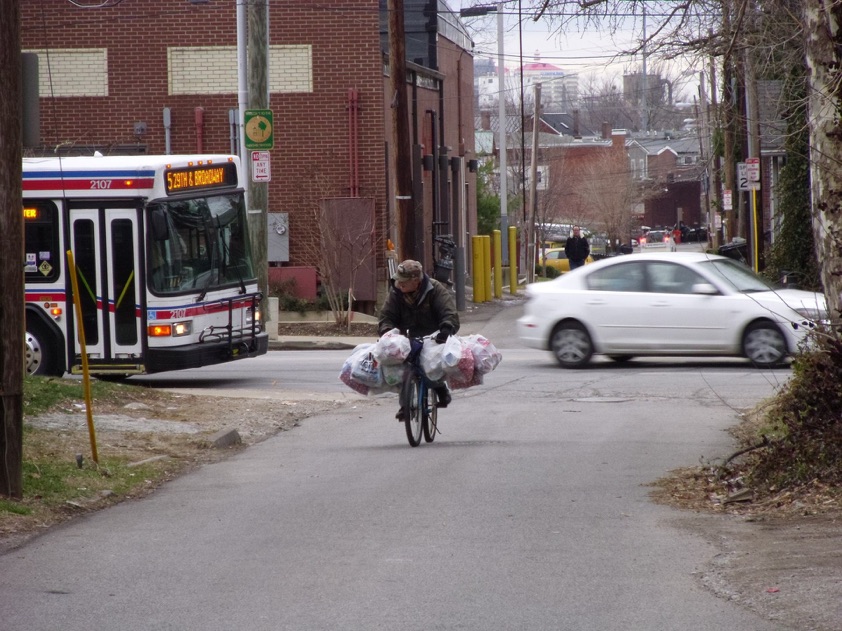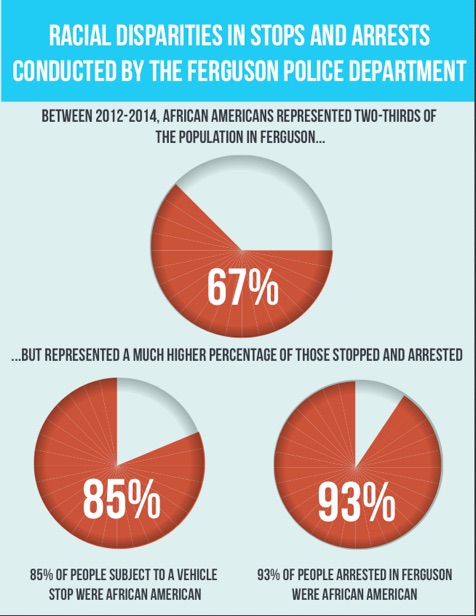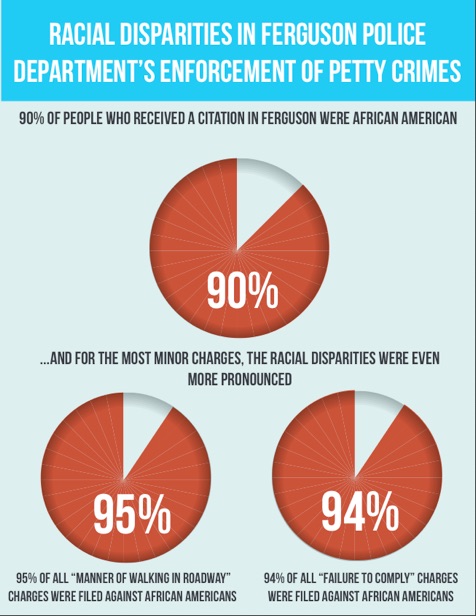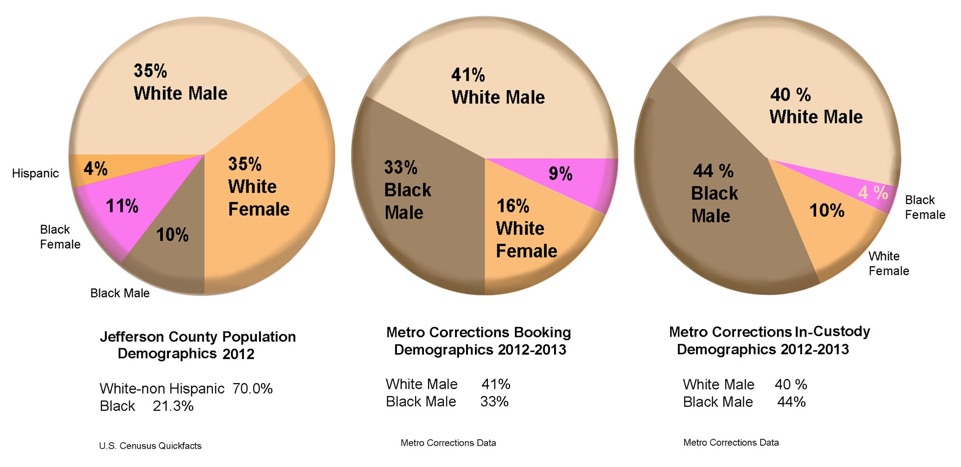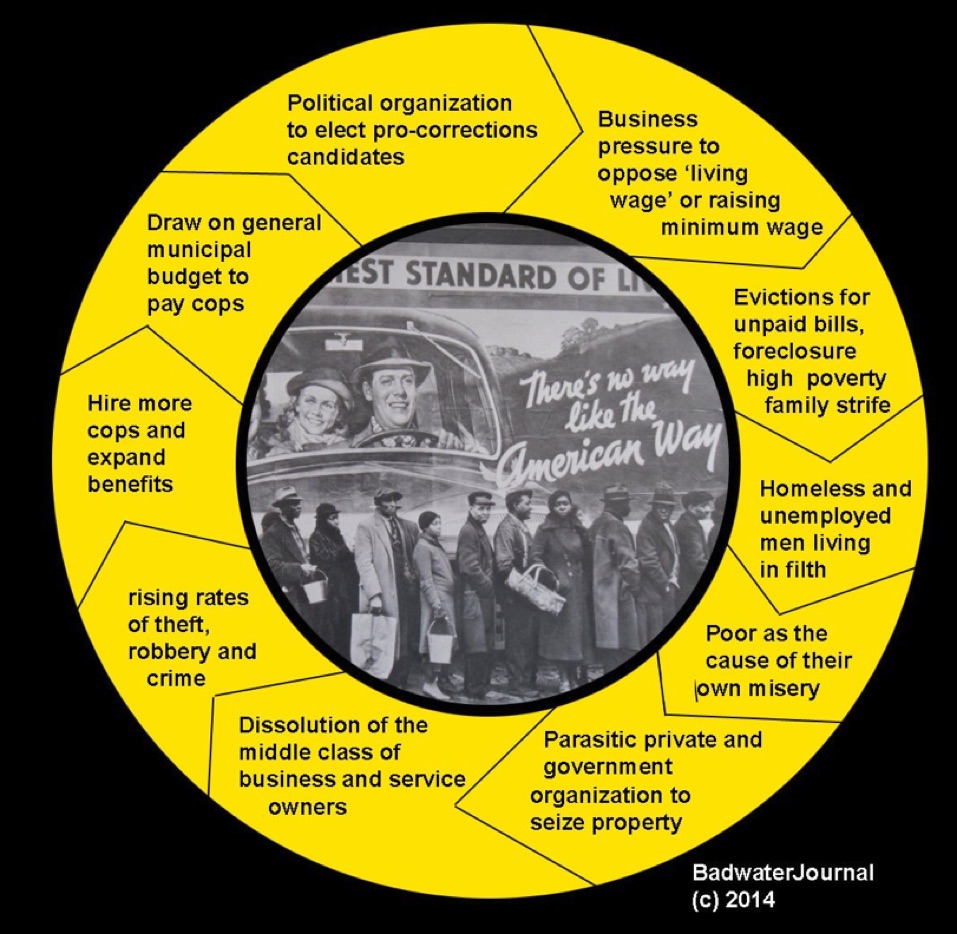Poor and struggling property owners have been socked with $ 14,763,412 million in property maintenance code violations under laws adopted during the Democratic administration of Jerry Abramson. Despite the collapse of the Title VI economy and widespread foreclosures on the same low income property owners, the current intent of city government is to ramp up enforcement and take more property.
A new policy document calls for:
CONSISTENT, STEADY AND ACTIONABLE PROGRESS
Summit Recommendations
I. Stricter enforcement by IPL Department
a. Shorten the wait for demolition
b. Quicker turnaround on IPL inspections when complaints come in
c. Increase fines
d. Grant limited-time amnesty to encourage payment
II. Tactical/strategic foreclosures in particular areas
III. Strict adherence to violations/penalties at Code Board level
IV. Mass foreclosures
V. Continued pursuit of state escheatments
VI. Prioritize neighborhoods on verge of becoming unstable
VII. Revive Blight Busters
-
VIII.Create Neighborhood Property Watch
Graph below from: LRC: Housing Foreclosures in Kentucky









